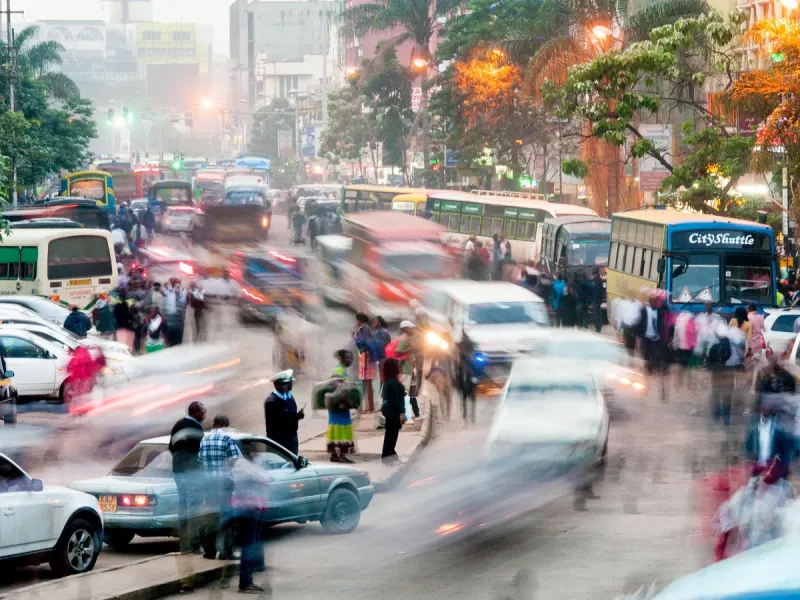Globes of the world shine brightly on display at the National Geographic store on Regent Street in London. RICARDO/FLICKR/(CC BY SA 2.0)
What is a country and how many are there? Easy questions, right? The answers might surprise you and they might depend on who you choose to take as an authority.
According to the United Nations (U.N.), the generally recognized body which determines nationhood, there are 193 countries on planet Earth right now. The U.N. calls these 193 countries "member states" because they have been admitted to the international organization through a series of steps beginning with each potential nation's philosophical direction.
To be a member state, a country must be a "peace loving" state and one that "accepts the obligations contained in the United Nations Charter and, in the judgment of the organization, are able to carry out these obligations." (Kind of makes you wonder about some of the members, but we won't name names.) At any rate, becoming a member or receiving recognition as a state is not a slam dunk.
Because the U.N. is not a state or government, it cannot grant authority to recognize a state or government — its members, the organization of independent states — do that. The new state submits an application and letter to the Secretary-General stating that it accepts the requirements of the Charter. The application is referred to the 15-member Security Council for consideration where it must receive nine of 15 votes and cannot be voted down by any of the five permanent members of the Council (China, France, the Russian Federation, the United Kingdom of Great Britain and Northern Ireland, or the United States). Once the application passes through the Security Council it goes before the General Assembly where it must receive a two-thirds majority vote for admission. It's as simple as that.
Countries the U.N. Does Not Recognize
But, of course, nothing is ever simple in geopolitics. There are territories that apply for recognition that do not receive it for what can only be described as political reasons. Taiwan continues to be lumped in with the People's Republic of China. Palestine — which received non-member observer status in November 2012 — is not recognized because Israel and many other nations countries do not recognize it as a sovereign state. The Holy See, representing Vatican City, also has non-member observer status at the U.N. Thus, as non-member observers, Palestine and the Holy See are not considered official countries.
Places You Though Were Countries
As far as the U.N. is concerned, Puerto Rico is a territory of the U.S., and so are Guam and American Samoa. The Republic of Ireland is a country, but Northern Ireland is not. Northern Ireland, along with Scotland, Wales and even England are part of the United Kingdom. The Canary Islands? Not a country. They belong to Spain. Tibet, which shares the world's tallest mountain (Mount Everest) with Nepal, is not considered a country. It's part of China. Even the biggest island on the planet, Greenland, is also not a country. It's a part of the Kingdom of Denmark, the smallest Nordic country. Oddly, its smaller next door neighbor, Iceland, is an independent, European nation. Which just goes to show you, size doesn't matter.
Now That's Interesting
How does a nation declare its intentions for independence? First, they must exist within clearly defined boundaries. Next, they must retain a permanent population. They have to set up a working government and finally they must be able to enter into agreements with other independent nations. Obtaining recognition from legitimately recognized countries goes a long way in the eyes of the international community. That's why Benjamin Franklin, Thomas Jefferson and others spent so much time courting European support early in the American Revolution.




